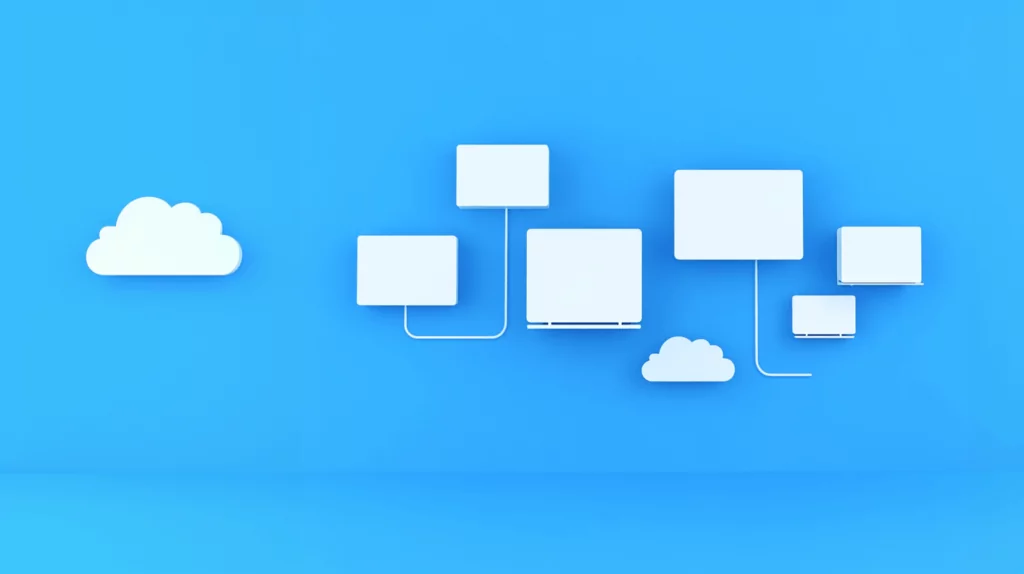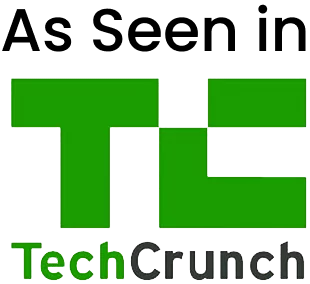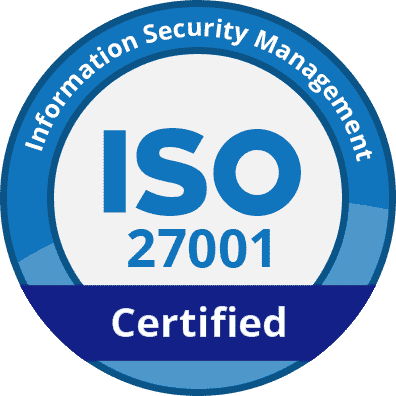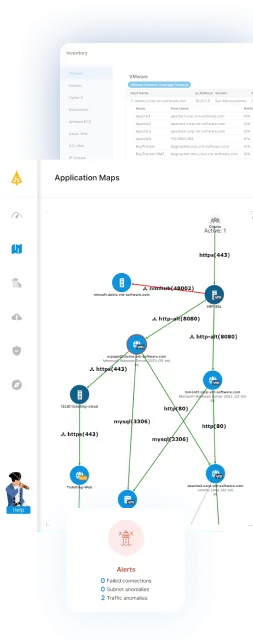What Is PRTG Network Monitor?
PRTG Network Monitor by Paessler is an integrated solution for real-time monitoring of networks, systems, and applications. It can be set up quickly, and immediately starts tracking elements such as network bandwidth, database performance, and device uptime. It consolidates information from across enterprise networks into a single interface, supporting prevention and quick resolution of IT infrastructure issues.
This is part of a series of articles about Solarwinds SAM
Table of Contents
ToggleWhat Is SolarWinds?
SolarWinds is a scalable network management platform that provides tools for monitoring networks, systems, and IT infrastructure. SolarWinds allows IT professionals to detect, diagnose, and resolve network performance issues with visibility and customizable performance metrics. It can scale and adapt to large enterprise environments, providing detailed network insights and robust reporting features.
This is part of a series of articles about Solarwinds SAM
PRTG Network Monitor vs. SolarWinds: Key Differences
1. Setup and Installation
PRTG Network Monitor has a simple and straightforward installation process. Its auto-discovery network feature automatically identifies network devices and services, setting up monitoring sensors as it progresses. This ease of installation makes PRTG suitable for smaller businesses or teams without extensive IT support.
SolarWinds requires a bit more time and technical skill to set up and configure. This is due to its more comprehensive features and capabilities designed to handle complex networks. However, this complexity allows for a more tailored installation that can be optimized for specific network needs.
2. Network Auto-Discovery
The network auto-discovery feature of PRTG Network Monitor rapidly scans network segments, automatically detecting connected devices and configuring them with appropriate sensors for monitoring. This reduces the need for manual entries and adjustments, accelerating the initial setup process.
SolarWinds also offers an auto-discovery engine but with advanced configuration options that provide deeper network insights and more detailed device information. This makes it suitable for larger organizations with complex networks that require precise monitoring and settings customization.
3. Dashboard and Customization
PRTG’s dashboard is user-friendly and customizable with a drag-and-drop editor. Users can choose from a variety of pre-designed templates or create custom views that are tailored to specific needs and preferences. This makes it possible to provide data visualization relevant to different user roles.
SolarWinds provides a highly adaptable dashboard that offers extensive customization options. Users can modify almost every aspect of their dashboard to reflect specific metrics and data points. Additionally, SolarWinds’ dashboard supports integration with other IT management tools, providing a more comprehensive view of the network’s health and performance.
4. Pricing Model
PRTG offers a tiered pricing model that is based on the number of sensors needed rather than the size of the network. This allows organizations to pay for what they use, making it cost-effective in some scenarios. Pricing starts from $2,149 for 500 sensors, which typically covers 50 network devices.
SolarWinds Software and Application Monitor (SAM), its application monitoring module, provides two alternative licensing models, one based on the number of devices to be monitored, and another based on components monitored (similar to sensors in PRTG). Pricing for SolarWinds SAM starts from $1,886 for 10 devices.
Limitations of PRTG Network Monitor
The following limitations were reported by users on the G2 platform.
Complex User Interface and Learning Curve
Users have reported PRTG Network Monitor has a complex interface which can be overwhelming for new users. It requires a significant time investment to learn and use effectively, potentially deterring less experienced users or small teams without dedicated IT support. The complexity is especially felt when setting up advanced monitoring functions like custom maps.
Notification and Alert System Limitations
PRTG’s alert system, while functional, suffers from several limitations. The system generates audio alerts, which cannot be customized, and are often described as irritating by users. This lack of customization extends to the alert parameters themselves, which are not adequately tailored to flag critical issues effectively, such as network interfaces failing.
The default settings often result in too many or too few alerts depending on operational context. Users have expressed a need for a more refined alert configuration that better matches the severity of incidents with the urgency of notifications.
Mapping and Visualization Tools
The mapping and visualization capabilities come with their own set of challenges, primarily due to a lack of basic editing functionalities such as an undo button. This omission complicates the mapping process, as any mistakes require a complete redo rather than a simple step-back correction.
Additionally, PRTG users often encounter technical issues when integrating custom HTML5 code into maps, which can lead to bugs and inconsistencies in the display and functionality of the maps.
Limitations of SolarWinds
The following limitations were reported by users on the G2 platform.
Cost and Pricing Model
One of the primary issues reported with SolarWinds is its pricing structure, which can be prohibitively expensive for many organizations. The software requires not only a substantial initial investment in licensing but also incurs ongoing costs associated with upgrades, maintenance, and the scaling of network monitoring capabilities as the IT environment grows.
As organizations expand their network monitoring capabilities, they often find themselves needing to purchase additional polling engines due to the limitations on the number of elements each engine can handle. This necessity adds further to the total cost of operation and complicates budget planning for IT departments.
Complexity and Usability
SolarWinds is known for its extensive feature set, which introduces a significant level of complexity into the user experience. For example, as networks grow, adding new device types into SolarWinds’ inventory can be confusing.
The usability issues extend to the software’s functional customization options, which are limited compared to newer or more user-focused alternatives. The interface feels outdated, and users lack the ability to tailor the visual aspects of dashboards and maps to their preferences, which can affect the clarity and usability of the monitoring tools.
Network Mapping and Discovery Limitations
The network mapping feature of SolarWinds suffers from a lack of automation and responsiveness. This limitation becomes apparent in environments where real-time updates are crucial for accurate network management and oversight. The static nature of the network maps fails to reflect live changes and statuses, which can lead to oversight and mismanagement of network resources.
Additionally, the process of adding new nodes and conducting initial network discoveries is often described as cumbersome and time-consuming. The requirement for significant manual input during these initial stages not only slows down operations but also increases the potential for human error, which could lead to incomplete or inaccurate network monitoring setups.
How to Choose
When selecting between PRTG Network Monitor and SolarWinds for your network monitoring needs, several key considerations should guide your decision:
- Scale and Complexity of your network: Evaluate the size and complexity of your network. PRTG is often more suitable for small to medium-sized networks or businesses that require straightforward monitoring solutions without extensive customization. SolarWinds is designed to handle large-scale and complex network environments, offering advanced features that can be customized to meet specific monitoring demands.
- Technical expertise available: Consider the level of technical expertise available within your IT team. PRTG’s simpler setup could be advantageous for teams with limited technical resources. Conversely, SolarWinds, with its detailed and customizable setup, might require more skilled personnel but offers deeper insights and a higher degree of control over network management.
- Budget considerations: Budget constraints play a critical role in the decision-making process. PRTG’s pricing model, based on the number of sensors, can be more cost-effective and predictable for smaller setups. SolarWinds is typically more costly due to its device-based licensing and additional costs for maintenance and upgrades.
- Long-term scalability: Assess the potential growth of your network. If you anticipate significant growth, consider a solution that can scale efficiently. Of the two solutions, SolarWinds scales better to support very large deployments.
Faddom: Ultimate PRTG and SolarWinds SAM Alternative
Faddom is a lightweight alternative to PRTG and SolarWinds SAM. It is agentless, doesn’t require credentials, and is cost-effective, starting at $10K/year. Faddom can map your entire environment in real-time, updating 24/7. Only one person can map an entire organization in under an hour.
Learn more about Faddom for application mapping or start a free trial by filling out the form on the sidebar!









